“Why evolve?”
8th March 2018 | Joe Collins and Tim Riesterer

New research identifies how best to handle upselling or cross-sell conversations.
“What about this selling situation?” That’s typically the first question we hear whenever we’ve conducted a study that sheds light on the buyer psychology of some critical moment in the purchase cycle. There’s always somebody waiting with the next question that needs to be run through the research gauntlet.
In our first article in this journal, we described the best message framework for telling a great “Why change?” story. This is the story you tell when you’re the outsider trying to displace an incumbent vendor, and you need to disrupt their status quo and convince them you’re different and better than what they’re doing today.
More recently we published the findings of a study to determine the best way to tell a “Why now?” story. This is the one you need to get executive buyers to take action sooner rather than later – decide rather than defer.
Those studies validated an effective message for when you’re trying to defeat the status quo. What it didn’t address is what to do when you are the status quo. What if you’re the “insider”? Do you still need to disrupt, or do you need to reinforce your position as the status quo? In other words, what is the best way to increase customer retention (“Why stay with you?”) and communicate a price increase to expand the per-account value of your partnerships (“Why pay more if I do stay?”)?
What this research revealed, in sum, is that the message you need to displace an incumbent (the “Why change?” story) is nearly the inverse of the message you need to retain them (“Why stay?”) and convince them to pay more.
It might’ve seemed only natural that these stories would oppose each other, given their very different aims. But, at a time when provoking and challenging the customer everywhere, all the time, is accepted as if it were a philosophical principle, it becomes essential to see research that clearly shows how buying psychology changes when you’re communicating with prospects as opposed to existing customers.
The big takeaway is that your message can’t be one dimensional – it can’t be a one-size-fits-all thing. Different situations across the buying cycle demand different messages and different skills, because what might work beautifully in one situation could well backfire in another.

A research gap identified: upsell/cross-sell
Despite what these studies uncovered about which messages work best in these key situations, there were still gaps in the research with respect to some other vital questions. One of them is this: How do you sell more to an existing customer? In other words, how do you best handle what are traditionally known as the upsell or cross-sell conversations, when, for instance, you might need to convince existing customers to migrate to higher-value solutions and services, either in the event of a significant upsell opportunity or due to a material change in a base product?
We’re calling this the “Why evolve?” story. And one reason it begs for a study is that it appears to be something of a hybrid between the “Why change?” and “Why stay?” stories, requiring techniques and skills that borrow from these two strikingly different situations. Another reason? More than 86% of respondents to a recent Corporate Visions industry survey said this moment is “important” or “very important” to their revenue success and their ability to retain customers. Nearly 60% of respondents, however, said they are only somewhat satisfied or worse when it comes to how well they convert customers to new solutions – both in terms of how fast they convert them and how many are converting.
Convincing your customers to migrate to newer, superior solutions and services seems like it should be an easy ask. Too bad it seldom is. That’s because a whole range of hidden challenges and complexities that you might have underestimated in the beginning can rise to the fore, threatening to scuttle big opportunities to cement higher-value relationships with your customers.
Here’s what’s really on the line: If you’re successful in this moment, you can lay the groundwork for better customer experiences and longer-lasting partnerships, allowing your customers to take maximum advantage of the most impactful solutions and services you can deliver. But if you stumble at getting customers to evolve to higher-value services, your partnerships can stagnate. And when that happens, plateauing revenue isn’t your only problem.
If you aren’t offering your customers your most remarkable experiences, they become more susceptible to the overtures of your competitors, who can potentially disrupt you out of the equation with promises of better customer experiences that they can deliver. The problem isn’t necessarily that you don’t have those capabilities. It’s that you haven’t effectively seized the opportunity to provide them.
There’s clearly a lot at stake here. And, this situation is important enough that it shouldn’t be settled with educated guesswork or untested nostrums, but with actual research. That’s what we set out to do. The study, just completed, is covered below.
Researching the “Why evolve?” question
For this research we continued our collaboration with Professor Nick Lee at Warwick Business School. He has spent nearly 20 years drawing from social psychology, cognitive neuroscience, economics, and philosophy to develop insights into salespeople and selling. Our aim was to develop a study that responds to the most difficult challenges salespeople face when trying to sell higher-value solutions and services to existing customers.
The five key challenges of this situation are described below:
- Different enough? It’s hard to overcome all the noise in the market and be seen as different enough to require action. So how do you create a message that’s not what the customer expects – that’s unusual enough to pique their interest?
- Important to success? Part of selling is to create a buying vision in the minds of your prospects. You want to shape their vision of a future in which you and your solutions play a big role in their success. How do you craft a message that gets them to see your solutions as vitally important to all that?
- Personally convincing? People look out for themselves first. So how do you craft a message that not only shows the value of their business, but also convinces them to become personally invested in doing something to propel their business forward?
- Willingness to change? With many priorities and fires to fight, buyers need to be willing to take this on and be willing to move to a better solution. How do you craft a message that makes that case?
- Intention to purchase? In the end, the only thing that matters in sales is whether they purchase or not. Even a 1% uptick in the likelihood of success is welcome. So how do you craft a message that increases the likelihood of your customer buying?
The best message condition for the “why evolve” moment is the one that’s most effective at helping salespeople overcome these challenges and answer the questions they raise. Determining the framework for that message was the basis for the study itself, which was conducted online and included 426 participants whom we put into a business-to-business decision-making simulation.
Here’s how we set up the study:
At the outset, participants were randomly assigned to a range of different test conditions. They were told to imagine they were decision-makers in a discussion with a sales rep from their long-term software vendor, who is trying to convince them to upgrade from a legacy on-premise version of their business intelligence software to their new cloud-based business analytics solution.
The five conditions tested reflected the following message types, summarized below:
- Product as the hero – This was based on the type of message many companies deploy to announce new solutions. It’s product-oriented and heavily predicated on highlighting the new and improved product features and benefits.
- Relationship reinforcement and emotion – In a nutshell, this message uses emotional language to lean into the idea that the company and vendor are partners. It’s unafraid to have a frank conversation about challenges and opportunities befitting a long-term partnership.
- Why change? – This message has already been proven in our past research to be the optimal message for unseating an incumbent vendor and converting new prospects into customers. It’s provocative, a little edgy, and we wanted to test it in this “Why evolve?” scenario.
- Why stay? – Our previous research confirmed this message is the most effective at convincing existing customers to renew at the end of a contract. We wanted to see how it would hold up in the middle of an existing customer contract, with an upsell hanging in the balance.
- Social influence – This message was designed with the idea that peer pressure is a powerful motivator. It shows the buyer that many of their peers are taking action and making strides and that they can’t afford to get left behind.
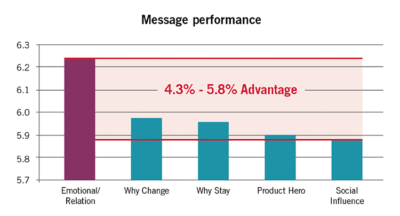
Figure 1: The relationship reinforcement and emotion condition outperformed the others.
Participants only viewed one of the five message conditions. Afterward, they were asked to respond to a series of questions addressing the key challenges mentioned earlier, all critical to the selling situation at hand.
So which condition proved most effective in the areas of greatest concern to this scenario?
Study results: the best “Why evolve?” message
In a combined score reflecting the overall performance of each message across all 20 questions assessed in the study, the message that performed best was the relationship reinforcement and emotion condition. In terms of overall performance across all positive areas in the study, this message outperformed the others by a range of 4.3–5.8% (Figure 1).
Next, we wanted to look at the five key challenges highlighted earlier in this article, specifically with an eye towards the urgent questions they raise inside the upsell scenario. These questions include: how unusual your message is; how important you are to your customers’ future success; how convincing your message is on a personal level; how willing your customers are to take action as a result of your message; and, when all is said and done, how likely they are to actually make a purchase.
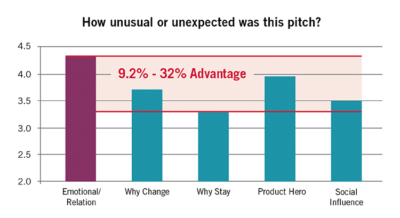
Figure 2: How unusual or unexpected was this pitch?
Once again, the relationship reinforcement and emotion condition consistently outperformed the other conditions across the most meaningful areas assessed in the study. The results are set out in figures 2–6.
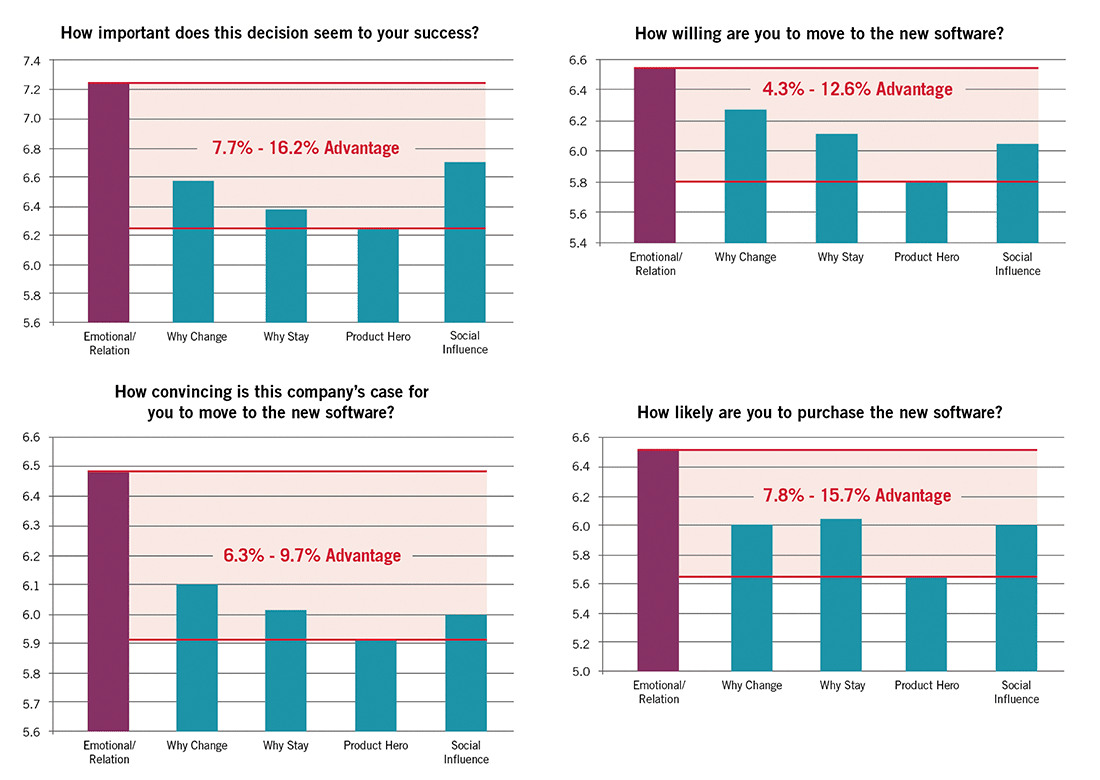
Figure 3: How important does this decision seem to your success (top left)
Figure 4: How convincing is this company’s case for you to move to the new software? (bottom left)
Figure 5: How willing are you to move to the new software? (top right)
Figure 6: How likely are you to purchase the new software? (bottom right)
Given the consistently strong performance of this message across these key areas, it appears this selling scenario demands a different kind of message than the product-oriented hero story, not to mention the strictly provocative story best suited to new customer acquisition (“Why change?”), or the status quo reinforcement story that’s optimal for handling renewals (“Why stay?”).
As you’ll see in the example below, the winning message borrows ingredients from the more disruptive “Why change?” approach and from the more protectionist “Why stay?” one. This strongly suggests that a hybrid message – not a message that strictly challenges their situation – is most appropriate for performing well in an upsell or cross-sell scenario.
After all, this message isn’t designed for driving big changes or getting a customer to renew. It’s about getting the customer to evolve, both in terms of their vision and their buying behaviours. This message ensures they don’t get complacent, lulled into the habit of using your old-guard solutions instead of your boldest and newest and highest-value innovations.
The research reveals that a winning “why evolve” message is based on a five-part framework, illustrated in the visual below:
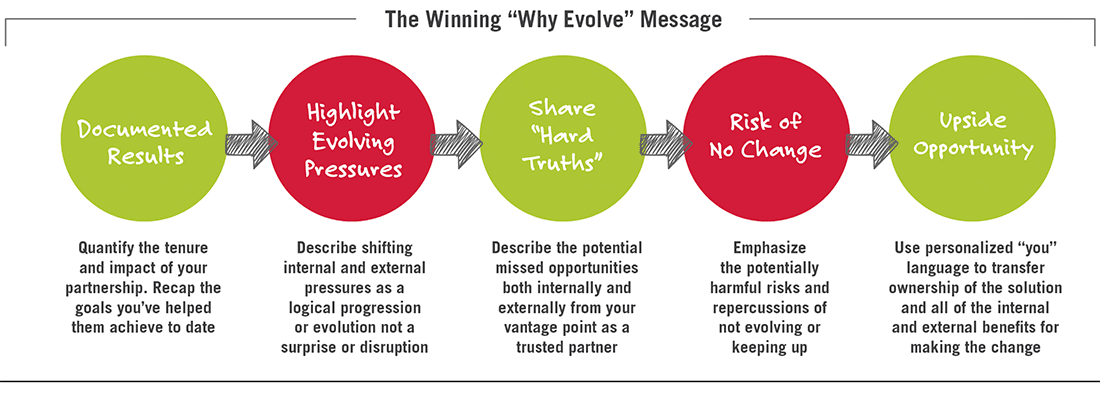
What this research revealed, in sum, is that the message you need to displace an incumbent (the “Why change?” story) is nearly the inverse of the message you need to retain them (“Why stay?”) and convince them to pay more.
- Documented Results – Quantify the tenure and impact of your partnership. Recap the goals you’ve helped them achieve to date.
- Highlight Evolving Pressures – Describe shifting internal and external pressures as a logical progression or evolution, not a surprise or disruption.
- Share “Hard Truths” – Describe the potential missed opportunities both internally and externally from your vantage point as a trusted partner.
- Risk of No Change – Emphasize the potentially harmful risks and repercussions of not evolving or keeping up.
- Upside Opportunity – Use personalized “you” language to transfer ownership of the solution and all of the internal and external benefits for making the change.
The winning “Why evolve?” message
Here’s an example of the “why evolve” message that performed best in our research simulation, with the components aligned to the pillars above.
[Documented Results] Over our nine-year partnership, we have worked together towards your goals of creating organizational efficiency, increasing customer satisfaction, and protecting and growing revenue.
[Highlight evolving pressures] As with anything, business needs change and technologies evolve. Externally, you face a customer base that wants personalized solutions and instant answers. Internally, you have a changing workforce that wants the newest tools and greater work flexibility.
The winning message borrows ingredients from the more disruptive “Why change?” approach and from the more protectionist “Why stay?” one.
Validating the “Why stay?” framework
When it comes to increasing customers’ likelihood of sticking with their current solution, it comes as little surprise that the “Why stay?”-oriented story proved the most effective message type. This is consistent with our past research into the customer retention moment, which found that reinforcing status quo bias – as opposed to introducing new or provocative information – is a major component of the optimal message for renewing existing customers.
That a “Why stay?“-like message was once again effective at getting customers to stick with their current solution further validates the power of these types of messages within a customer renewal context. As both studies show, these messages are effective at convincing customers to entrench themselves in their current situation. That’s great for customer renewals, but not so great for the demands of the up-sell and cross-sell scenarios you need to navigate in the “Why evolve?” moment.
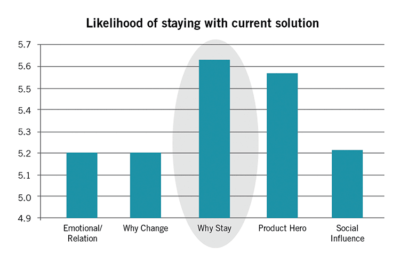
Dr Nick Lee, Professor, Warwick Business School, comments:
These findings make good sense – but then, the best ideas usually do make good sense once you’ve discovered them! However, when you think about it, the “upselling” situation we are looking at here is one of those situations where it seems like many different approaches could work. The relationship reinforcement message that does come out on top here combines a number of key psychological tools that are likely to be the reason for its success. In particular, you’re building trust here in several ways: first, by creating the impression of a partnership, but also reinforcing that by taking what could be seen as a risk; and second, by laying out some “hard truths” about the existing situation. So you come across like you are “walking the talk” of being a genuine partner, interested in the customer as much as (if not more so) than yourself. It really removes the feel of a cynical “upsell”, and brings in the idea that you have the customer’s best interests at heart.

Dr Nick Lee, Professor, Warwick Business School
[Share “hard truths”] As partners, it’s tempting just to focus on all the positives, but the role of a good partner is to also share hard truths. The fact is, we’ve heard from your teams that they like our software, but they are frustrated at having to dedicate time consolidating data from different sources. Then once the data is consolidated in your system, they feel limited because your current version has a limited set of standard reporting views available.
[Risk of No Change] These areas of inefficiency can make it difficult for your hard-working teams to identify areas of waste, which means the organization continues to waste time. Not only does this make your employees frustrated and dissatisfied, but it can lead to clients becoming irritated that they aren’t getting the personalized information and immediate experiences they desperately crave. This frustration has the potential to lead to more employee turnover and less customer loyalty.
[Upside Opportunity] But you can ensure your team has the latest version of the software that is so critical to your business. By upgrading to our new cloud-based solution you’ll get faster, simpler and more flexible business management capabilities that allow you to acquire and analyze multiple data sources easily from a single app. You’ll also tap into the power of artificial intelligence and be able to produce more than 50 standard reports that can be customized to your business.
All this to improve the speed of your operations, the usefulness of your insights, while increasing both internal team and external customer satisfaction.
And that’s why we’d like you to allocate the budget for the one-time installation fee similar to what you paid for the original software install as well as the 20 percent annual maintenance increase needed to make the jump to our powerful, new BCS-18 business analytics solution.
In closing
Don’t guess when it comes to messaging for a customer conversation as important to your success as this one. The upside of the upsell is – needless to say – tremendous. It can mean better customer experiences, longer-lasting partnerships, more satisfied clients, and a lot more revenue for you. The downside is also significant. The risk isn’t just that your customer relationships will stagnate; it’s that this stagnation will leave you vulnerable to the messaging of outsiders who can approach your customers with something materially better than the experiences you’re providing them today.
Don’t let that happen. Don’t leave this conversation to chance. By bringing some much-needed research and messaging rigour to the “why evolve” moment, our hope is that you won’t have to.




